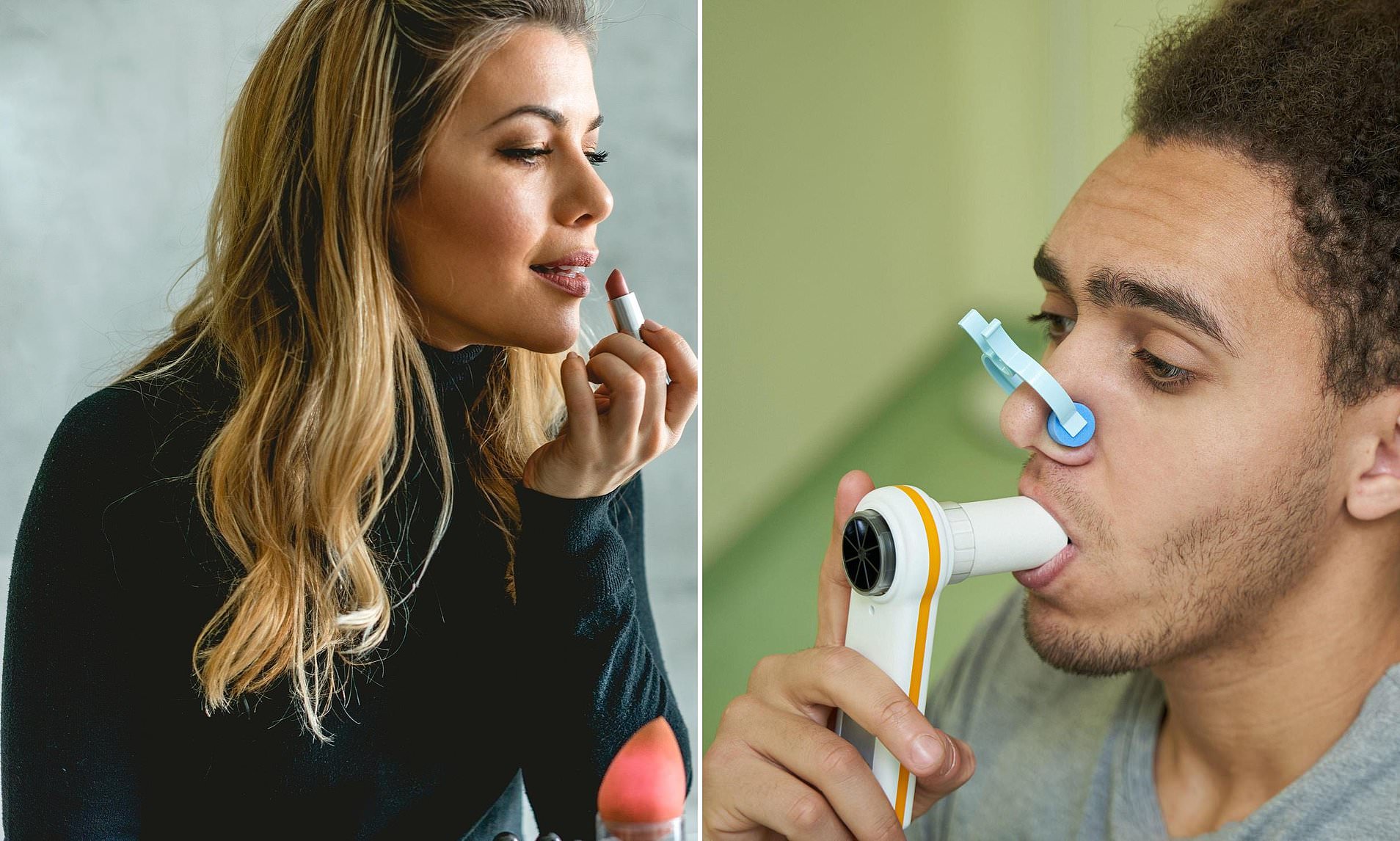Link Between Makeup Use and Asthma Risk
A recent study has uncovered a potential connection between regular use of makeup and an increased risk of developing asthma in adulthood. This finding highlights the possible impact of beauty products on respiratory health, particularly for women.
The research, conducted by the US National Heart, Lung and Blood Institute, examined the effects of using various cosmetics, including lipstick, eyeshadow, and mascara. It found that women who frequently used these products had a higher likelihood of being diagnosed with adult-onset asthma. Specifically, those who used false nails, cuticle cream, blush, and lipstick faced a 47% increased risk. Even using just blush and lipstick five times a week or more raised the risk by 18%.
While the study did not prove that these products directly cause asthma, it suggested that certain chemicals in makeup might contribute to the condition. These include substances like polyfluoroalkyl substances (PFAs), parabens, phthalates, and phenols. Some of these chemicals are believed to weaken the immune system, while others may interfere with hormone function.
Understanding the Chemicals in Cosmetics
The researchers emphasized the importance of regulating personal care products and their ingredients. They pointed out that many of these chemicals are endocrine-disrupting compounds (EDCs), which can affect the body’s hormonal balance. The study, published in the journal Environment International, analyzed data from nearly 40,000 participants over a 12-year period.
During this time, 1,774 women—approximately 4% of the group—were diagnosed with adult-onset asthma. Symptoms of the condition include coughing, wheezing, chest tightness, and difficulty breathing. Overall, the use of beauty products was associated with a 19% increased risk of asthma, with frequent use leading to a 22% higher risk.
This study builds on previous findings that linked exposure to chemicals in beauty products during pregnancy to an increased risk of childhood asthma. However, there is limited research on how these chemicals affect adults.
Implications for Public Health
The researchers stressed the need for further investigation into the biological pathways through which EDCs in personal care products (PCPs) may influence asthma development. If confirmed in other large-scale studies, their findings could support PCPs as a modifiable lifestyle factor that may help reduce the burden of adult-onset asthma among women.
Dr. Samantha Walker, director of research and innovation at Asthma + Lung UK, noted that women tend to experience worse asthma symptoms than men and are more likely to require hospitalization. However, the reasons for this disparity remain unclear, though hormonal factors are suspected.
She called for more research in this area to better understand how to manage and prevent asthma in women. As the link between makeup use and asthma continues to emerge, it underscores the importance of monitoring the safety of everyday beauty products and their long-term health effects.







